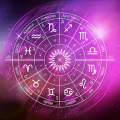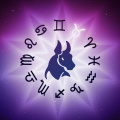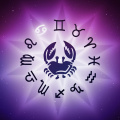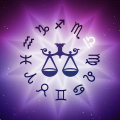NASA's laser 'Ping': Chandrayaan-3 lander has been successfully located on the moon
NASA's Lunar Reconnaissance Orbiter (LRO) has successfully located India's Chandrayaan-3 mission's Vikram lander on the Moon's surface using a groundbreaking laser technique.
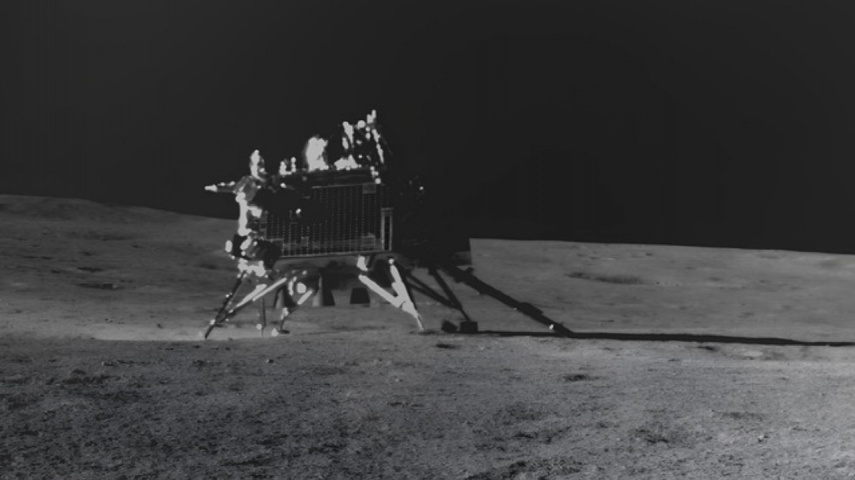
-
NASA's laser 'Ping' triumphantly locates Chandrayaan-3 lander on the Moon
-
Cutting-edge laser instrument on LRO achieves precise communication with Vikram lander
NASA's Lunar Reconnaissance Orbiter (LRO) has successfully detected India's Chandrayaan-3 mission's Vikram lander on the Moon's surface using a novel laser technique. The lander, located near the Manzinus crater on the Moon's south pole area, was about 100 kilometers away from the LRO when the laser pulses were sent out on December 12 of last year as per NDTV.
Revolutionizing space exploration: Laser communication milestone
NASA's laser instrument onboard the LRO achieved this milestone by sending laser beams at an Oreo-sized gadget on the Vikram lander and precisely measuring the time it took for the light to bounce back. The novel laser connection between the spaceship and the lander ushers in a new age of correctly finding objects on the lunar surface.
At the core of this breakthrough is NASA's small yet powerful Laser Retroreflector Array (LRA), which is only 2 inches (5 cm) wide. The LRA, which consists of eight quartz-corner-cube prisms mounted in a dome-shaped aluminum frame, reflects light from any direction back to its source. This sturdy retroreflector, which requires no power or maintenance, is built to survive for decades, demonstrating its simplicity and durability.
Xiaoli Sun, who leads the team at NASA's Goddard Space Flight Center, underlines the success of identifying their retroreflector on the lunar surface from the Moon's orbit. Sun anticipates the next stages in developing the approach so that it becomes a standard practice for future missions that use retroreflectors. This achievement offers up new avenues for improved precision in lunar exploration and scientific research.
ISRO-NASA collaboration: Advancing lunar fiducial points
The Chandrayaan-3 lander's Laser Retroreflector Array (LRA), which was built in conjunction with NASA and the Indian Space Research Organization (ISRO), has begun to serve as a fiducial point on the moon. ISRO recognizes NASA's achievement, adding that the LRO successfully detected signals reflected by the LRA on December 12, 2023, during nighttime. The Lunar Orbiter Laser Altimeter (LOLA) aboard the LRO performed a critical role in determining laser range.
The success of this laser 'ping' technique advances has tremendous implications for future lunar missions and beyond. While typical laser-ranging techniques have been employed to track Earth-orbiting satellites, NASA's reverse application opens up a new level of space exploration. This achievement may open the way for more efficient and precise position monitoring of spacecraft and sensors on the Moon, hence improving the scientific capabilities of future missions.
In conclusion, NASA's laser 'ping' achievement represents a big step forward in lunar exploration. The successful landing of Chandrayaan-3's Vikram lander demonstrates space agencies' combined efforts and imaginative use of technology to uncover the mysteries of the Moon's south pole area. As scientists continue to develop and expand this pioneering approach, the future promises intriguing opportunities for greater precision in space exploration and a better comprehension of our cosmic neighbor.





 JOIN OUR WHATSAPP CHANNEL
JOIN OUR WHATSAPP CHANNEL







































































